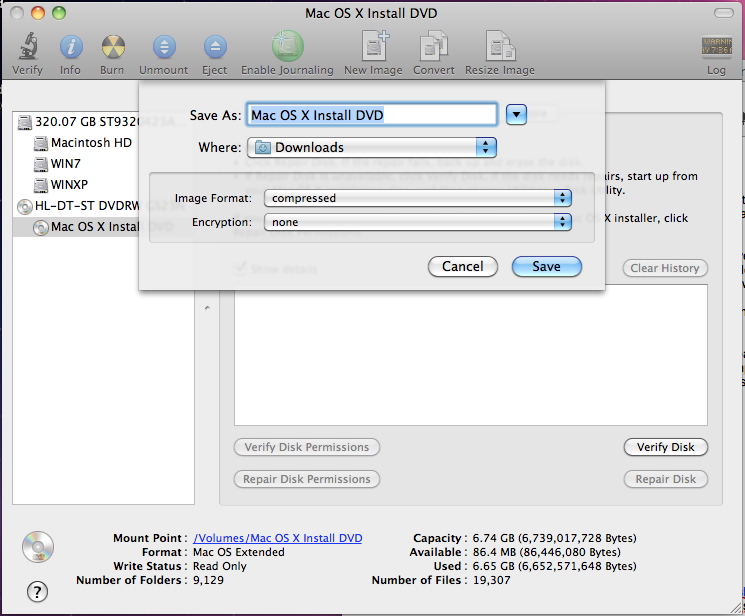


Both the OS and almost all “system applications” (Finder, Safari, Mail, iChat, iCal, etc.) are ready for 64-bit operation. Full 64-bit support means programs will no longer be limited to 4 GB of RAM the new maximum (16 exabytes) is meaningless, as no computer in the forseeable future will be able to hold billions of gigabytes of memory.GCD will assign only as many threads to an app as it currently needs, which makes for better use of resources. Process threads, which were handled by apps in the past, are now handled by the OS with new programs designed to use GCD. Grand Central Dispatch (GCD) means that the entire operating system is designed to take advantage of multiple cores, whether on one chip or more than one.We strongly recommend at least 2 GB of memory. That said, it makes more demands of your hardware, so a Mac that runs Leopard comfortably with 1 GB of memory may feel very sluggish with Snow Leopard once you have more than a couple apps running. It takes up about half as much space and thus will install about twice as quickly as Leopard. By removing PowerPC and other unnecessary legacy code, Apple greatly reduced the drive space needed by the operating system. Snow Leopard is not impacted by the “goto fail” bug discovered in early 2014.

With OS X 10.6, Apple left behind PowerPC CPUs in favor of Intel (the first Intel Macs were introduced in January 2006). In 1998, it left behind Motorola 680×0 CPUs in favor of PowerPC (the first PPC Macs hawered been introduced in March 1994). Snow Leopard was announced at the June 2008 Worldwide Developer Conference (WWDC) and released on August 28, 2009.įor the first time since Mac OS 8.5 was released in October 1998, Apple left behind an entire processor architecture.
MAC OS X 10.6 SNOW LEOPARD USB BOOT MAC OS X
Mac OS X 10.6 Snow Leopard was billed as primarily under-the-hood changes to OS X 10.5 Leopard, but it was much more significant than that.


 0 kommentar(er)
0 kommentar(er)
